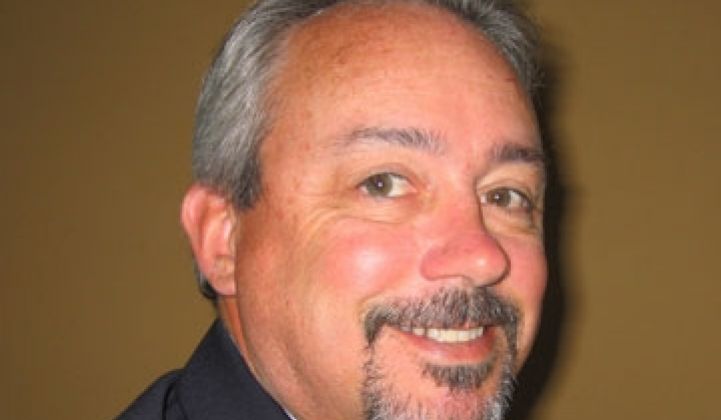Jesse Berst's Global Smart Energy and Michael Butler's Cascadia Capital have assembled this multi-part series where business leaders share their opinions on the future of the smart grid. This seventh installment features Terry Mohn, Technology Strategist, Sempra Energy.
The Sempra Energy utilities – San Diego Gas & Electric Co. and Southern California Gas Co. – serve more than 20 million consumers.
Q: What is the most important next step in the development of the smart grid?
A: No one "first step" will achieve all our industry has in mind since there are so many stakeholders with varying interests in the smart grid. First of all, utilities need to make investments in new technologies, i.e., those identified in the modern grid initiative. The investments are risky in that many unknowns exist because we don’t have examples to draw from. We can minimize technology obsolescence risk through: cost sharing, standards adoption, reference designs and successful pilots. Second, we need to incorporate the consumer into the decision process. One way is to provide them access to energy costs in real time. Another is to offer higher efficiency on their purchased products, perhaps products that understand the cost of energy when it is used. Third, energy storage and distributed generation needs to be better explained and supported by all stakeholders.”
Q: What kind of "shovel-ready" jobs can the smart grid produce?
A: Any new long-term project taken on for smart grid creates jobs. Examples include: installing new information technology systems, deployment of AMI, training solar panel installers, training AMI meter installers, installing demand response systems (i.e., PCTs), deployment of distribution automation control and actuator systems, and so on.
Q: What role should the federal government play in this transformation? What role should the states play?
A: The federal government should continue to support standards development and cofunding for first-of-a-kind projects. Much federally funded research should be made available in demonstrations rather than simple research. It should also coordinate other agency work (i.e., DOD’s cyber security and distributed generation) as appropriate for the energy sector.
The states should simplify the site issues for transmission and distributed generation. They should also adhere to federal designs around smart grid rather than defining it separately for themselves. Overall, both the federal and state groups need to coordinate activities as quickly as possible while the environment and job creation are top of mind.
(Pictured above Terry Mohn, Technology Strategist, Sempra Energy.)
This piece is not connected with Greentech Media News. The views expressed here are those of the authors and are not endorsed by Greentech Media.



